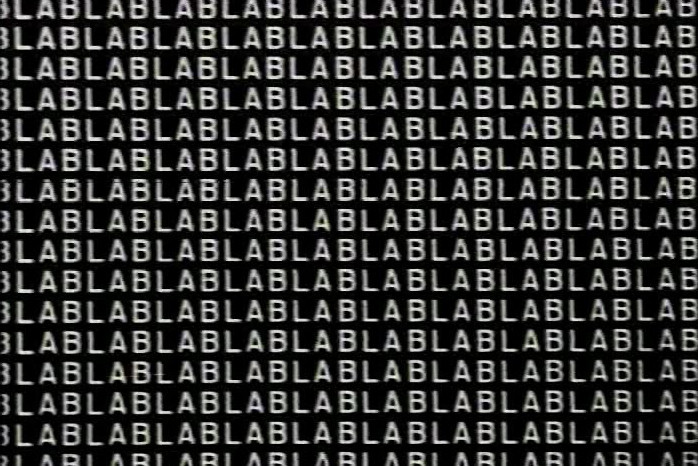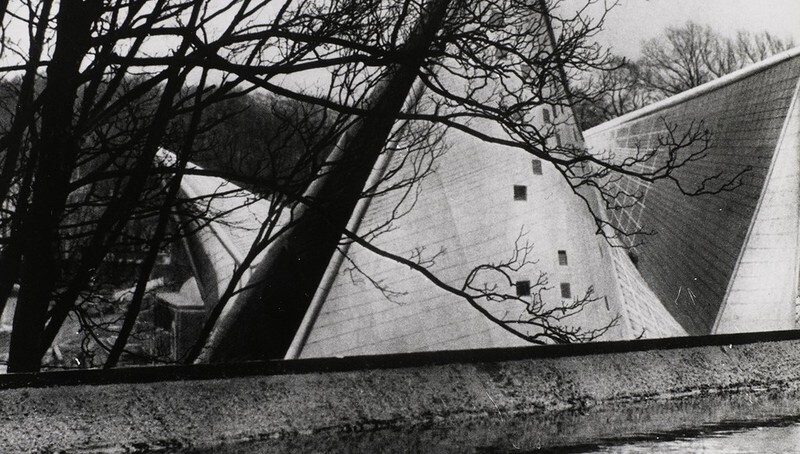Udigrudi: Cinema Marginal
It isn’t easy to satisfactorily find a common thread running through the tendency in Brazilian cinema that is known by three different names – udigrudi, cinema marginal and cinema de invencão. The beginnings of this cinematic subculture can be dated to around the mid-1960s, and it gradually petered out in the mid-1970s. The first of three names for this movement is a corruption of the word underground, and it was first used (pejoratively) by director Glauber Rocha, a member of the Cinema Novo, which the cinema de invencão was a reaction against. The second term, which places these films on the margins of the era’s cinematic production, was not popular among the movement’s filmmakers, nor does it capture the essence of their films, which do not exist on the margins but are distinctly experimental and innovative. The third label – cinema de invencão – was most widely accepted in its English translation (Invention Cinema) and aroused an equally passionate response. It captures the movement’s creativity in terms of both form and content, which is the main commonality of films of this type, and we will thus use this term as well.
Invention Cinema is a diverse group of films, made almost exclusively by young directors dissatisfied with the state of Brazilian cinema at the time, which since the 1950s had been dominated by the aesthetics of Cinema Novo. On the pretence of making audience-friendly films, previously famous “new” directors gradually compromised on their principles. By comparison, Invention Cinema tried to push the envelope when it came to the aesthetic search for a form that would be in perfect synergy with content – regardless of how difficult it might be to understand the filmmaker’s intentions.
This distinctly experimental movement produced a large volume of short, medium-length, and feature-length films that can for the most part be called fiction. Nevertheless, as our selection makes clear, Invention Cinema also included documentaries or difficult to categorize hybrid forms. This diversity grew out of production limitations (financial as well as material), which ended up giving many of the films a sense of intentional “inartistry” that takes some time getting used to.
The first wave of Invention Cinema appeared in the second half of the 1960s, and is closely associated with the city of São Paulo. Directors such as Ozualdo Ribeiro Candeias (A Margem, 1967), Carlos Reichenbach and João Callegaro (both contributed to the anthology film As Libertinas, 1968), and numerous others shot short and feature-length films, including audience successes from a variety of popular genres but also films that never made it into cinematic distribution. The late sixties and early seventies saw the emergence of such important figures as Rogério Sganzerla, Andrea Tonacci, João Batista Andrade, José Agrippino de Paula, Júlio Bressane and André Luis Oliveira, who created distinctively experimental films that violated established ideas of “crowd-pleasing” films with comprehensible stories.
Brazilian film historians hold divergent views on this contradictory movement and its filmmakers. For some, their films are fresh and daring experiments; for others, they are trash, although considering the international response, the number of films, and the subsequent careers of some of the directors, the movement can hardly be ignored. Paradoxically, just like Cinema Novo, which arose spontaneously and changed into an established school of thought, even Invention Cinema became just another artistic tendency, although one that was less organized and cohesive.
Our selection – prepared in collaboration with festival programmer and experimental cinema expert Daniel Queiroz – aims to highlight the documentary aspects of this movement as one of its central characteristics. The program is divided into two blocks. The first block, entitled Underground, or Experiment?, presents a sampling of the most radical films, which share aesthetic similarities with films such as Killed the Family and Went to the Movies (1969), Hitler in the Third World (1968) or Meteorango Kid, Intergalactic Hero (1969) – whose titles are more than informative. The second block, entitled The Thinking Eye, includes poetic and essayistic works, all of which aim to arouse audiences from passive consumption.



